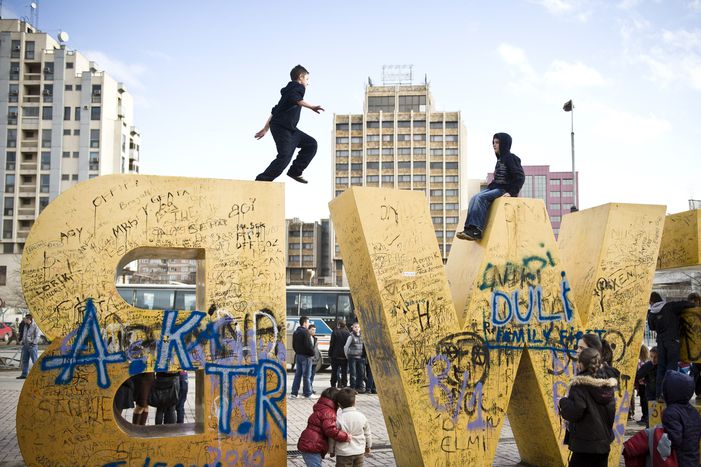
When young Kosovo turned three (15 images)
Published on
Translation by:
Cafebabel ENG (NS)On 17 February 2011 Kosovo celebrated three years of independence whilst its Serbian minority population bit their lips. Emotions ran high with memories of the 1999 war Serbia-Nato war, the circumstances of unemployment and low trust in the politicians. Over four days the Brussels-based Italo-Argentine photographer Ezequiel Scagnetti shot moments of serenity, life and optimism across the country, between the cities of Prishtina, Mitrovica and Drenica, and between Albanian and Serb Kosovars, children and adults, students and farmers. Even the prime minister didn’t escape his lens
This article is part of cafebabel.com’s 2010-2011 feature focus on the Balkans - read more about the project Orient Express Reporter
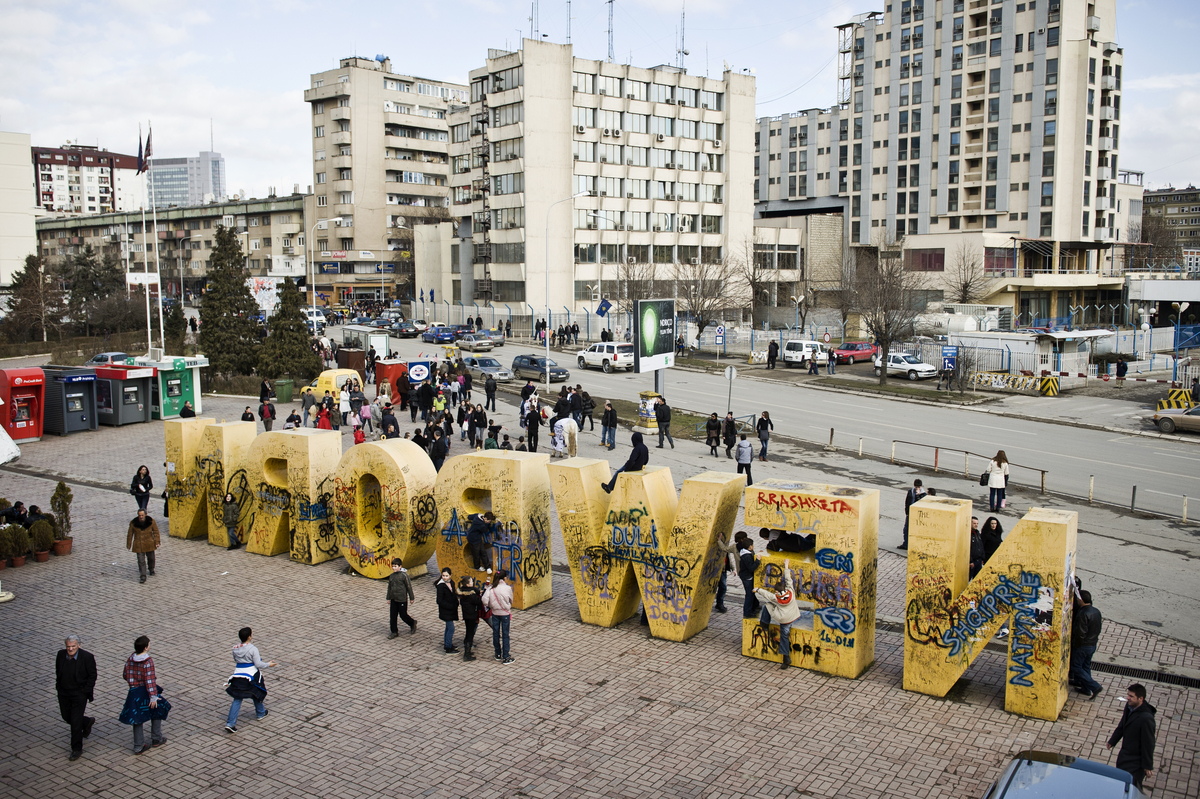
Standing strong in steel and covered in signatures, the politely vandalised words 'new born' commemorate the unilateral independence of Kosovo, which was declared on 17 February 2008. Until now only 75 of 192 members of the United Nations have recognised the world's smallest country. The rest see it as a seccessionist region of Serbia
(Image: © Ezequiel Scagnetti)
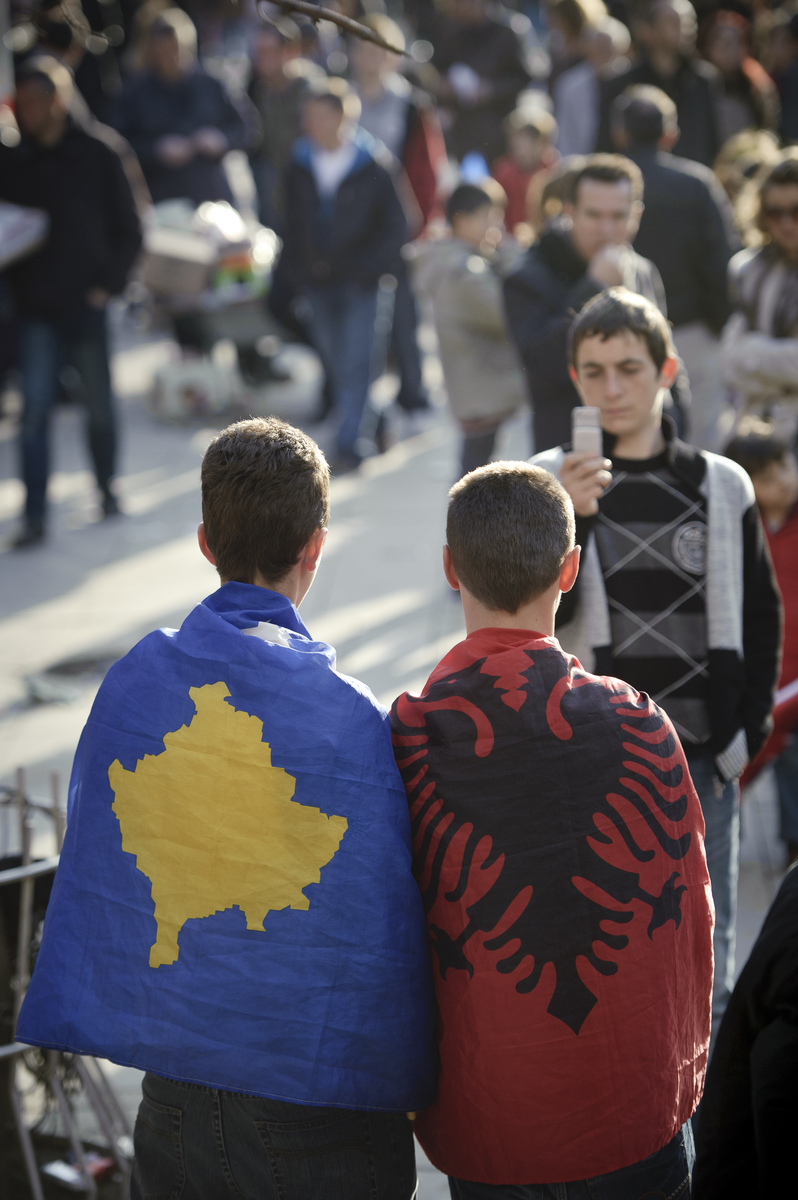
Half of Kosovo's population is under 35. The birthrate is three times higher than the continental average. Pictured, Mother Teresa Avenue in Prishtina
(Image: © Ezequiel Scagnetti)
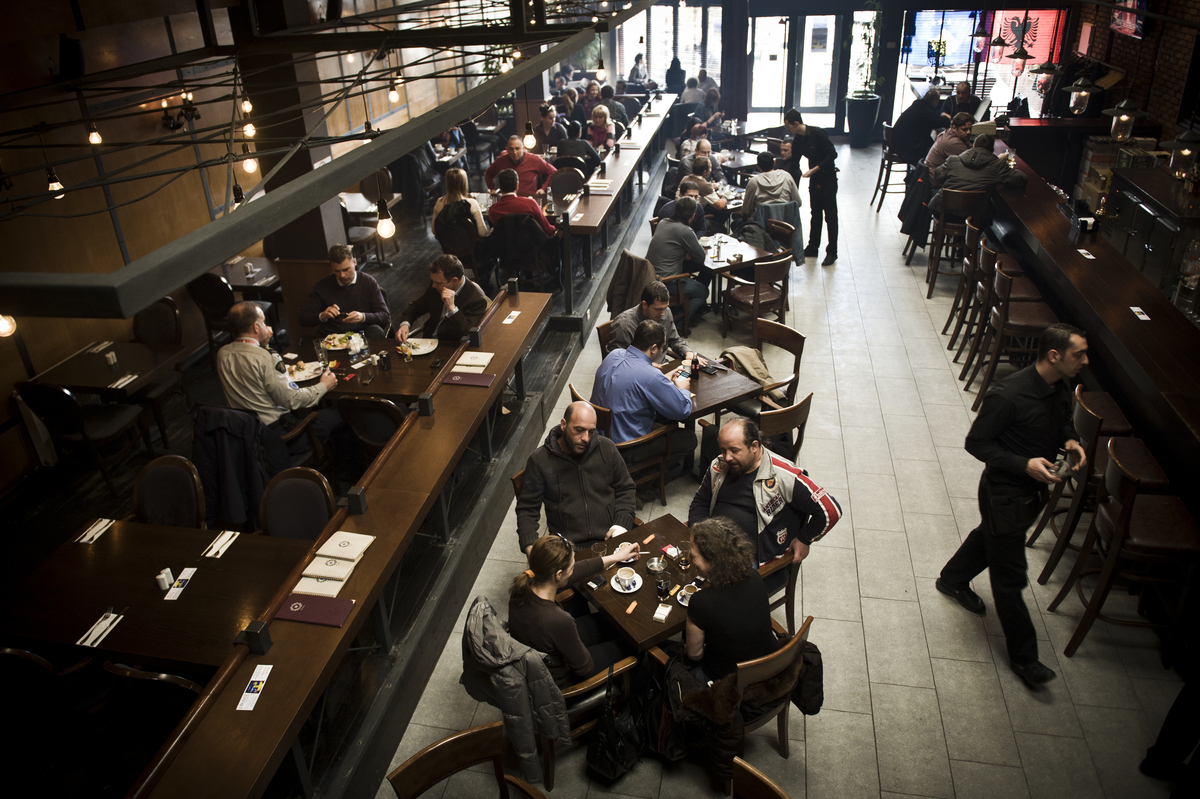
Kosovo also claims another European record, with an unemployment rate of 45%, 75% of which is amidst young people. The majority wile away their days over macchiatos in the city
(Image: © Ezequiel Scagnetti)
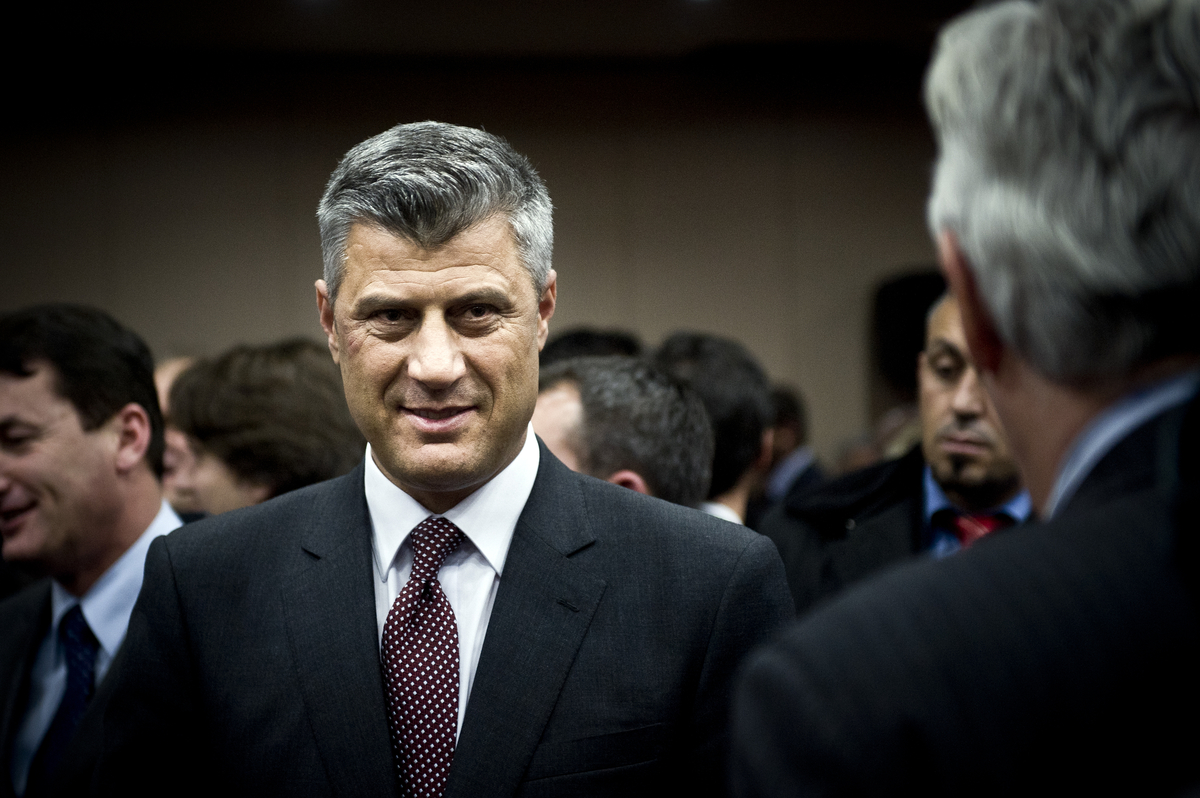
The prime minister of Kosovo, Hashim Thaci, was re-elected in January 2010 despite the release of a report accusing him of having run an organ, gun and heroin trafficking network in the nineties to finance his guerilla activities. Pictured at the Grand Hotel in Prishtina
(Image: © Ezequiel Scagnetti)
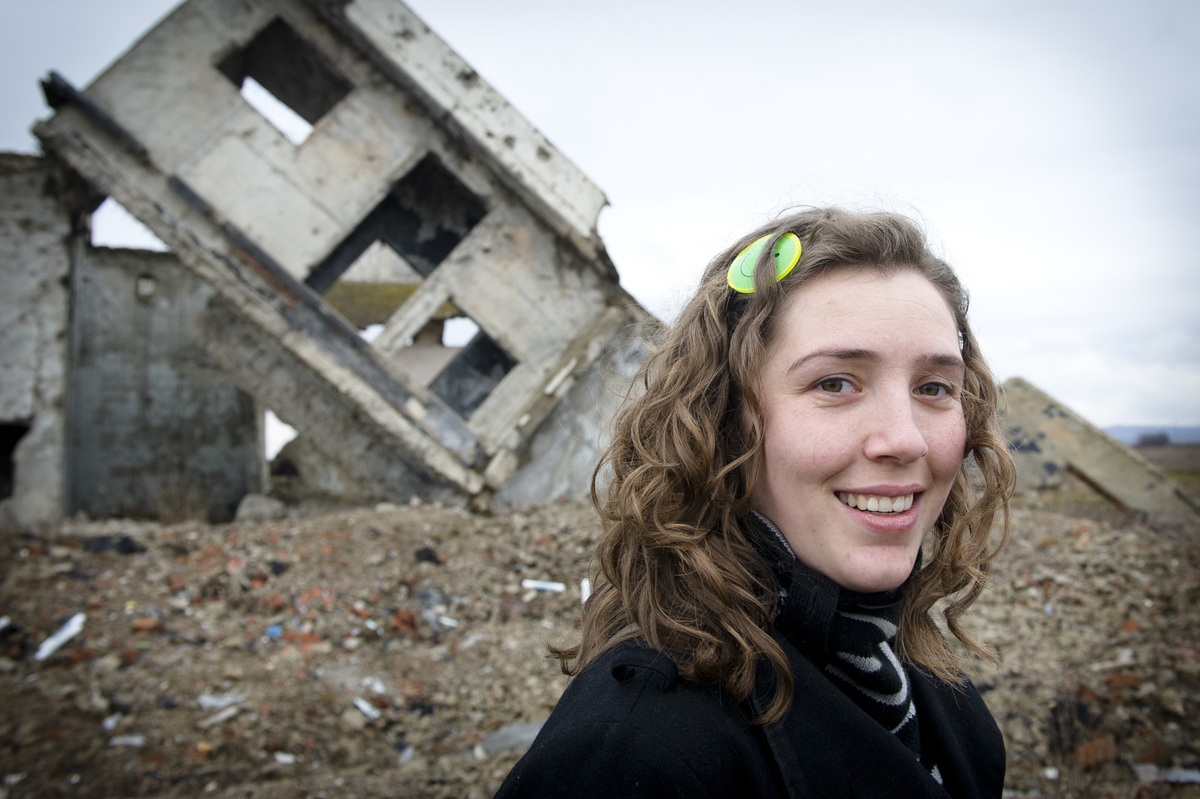
Dafina Morina, 27, in front of a building unhinged by the war between Serbia and the Albanian-origin independentists (1996-1999). Nato stepped in and handed over Kosovo's administration to the United Nations, which was then handed to the European Union in 2008. Pictured, the town of Komoran in the centre-west
(Image: © Ezequiel Scagnetti)
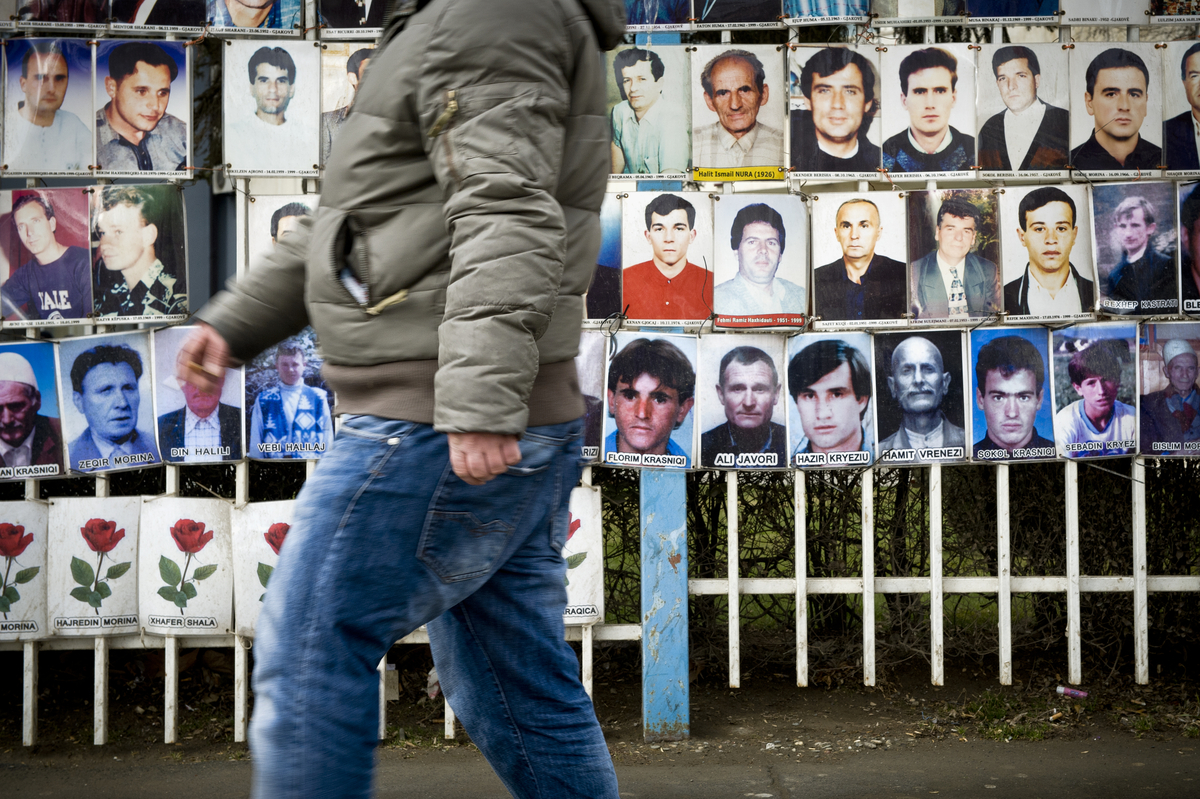
'When you pass these images you get the feeling the war never ended,' says Dafina. 'Today around 2, 000 people continue to be missing persons. It's very difficult to meet a family who wasn't affected.' Pictured, Prishtina city centre
(Image: © Ezequiel Scagnetti)
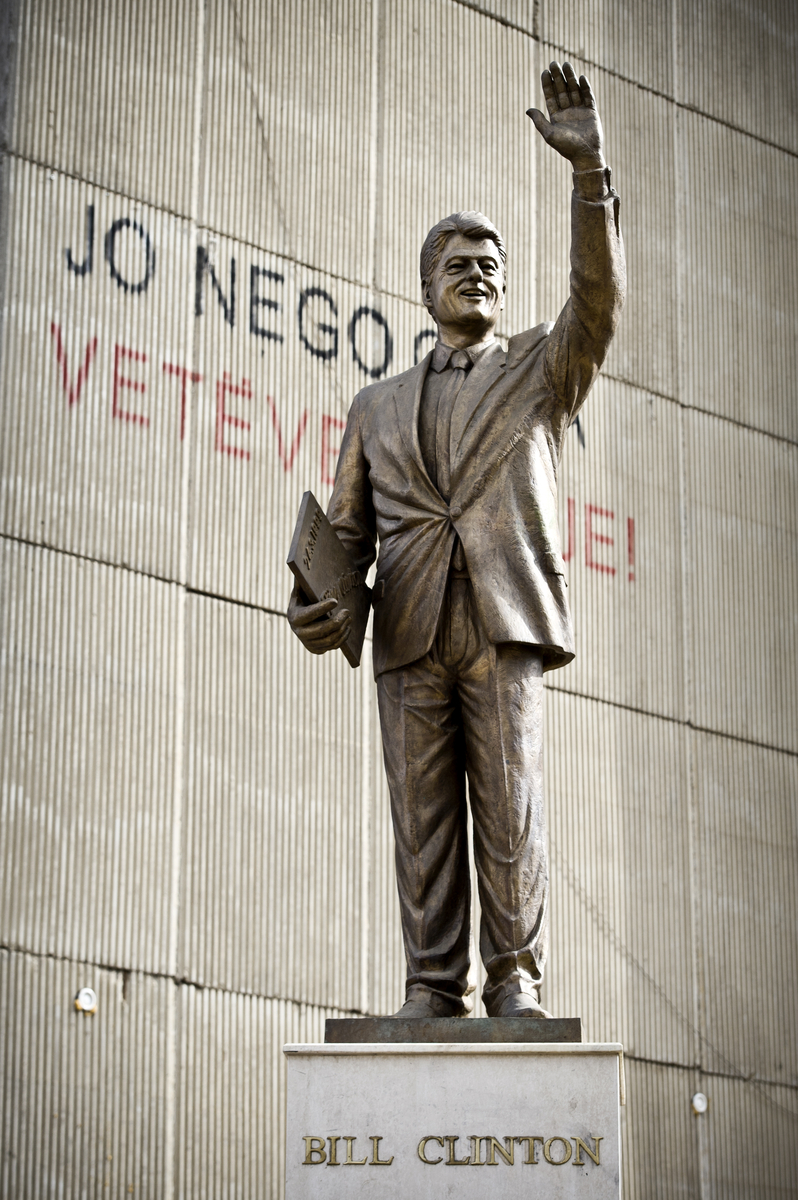
'The Bill Clinton statue is pathetic, but we love him. He is like a hero for us, he saved us and helped us become a country.' Pictured, Bill Clinton Avenue, Prishtina
(Image: © Ezequiel Scagnetti)
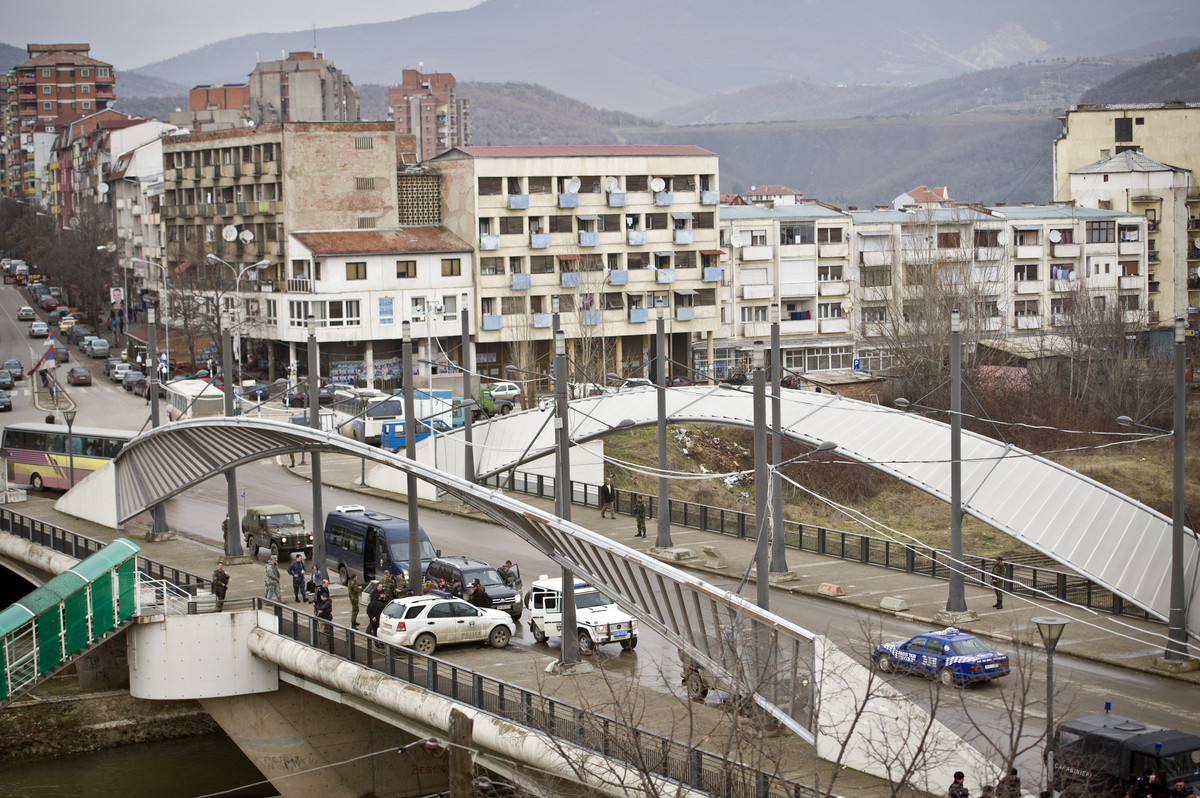
The river Ibar divides Mitrovica into two zones, the Serbian one in the north and the Albanian one in the south. They're united by a bridge which is watched over 24-hours by European mission soldiers (EULEX). 'Soldiers?' scoffs Marjana, a Kosovar Serb from Mitrovica. 'You could kill someone right in front of them and they wouldn't even blink. Pictured, north and south Mitrovica, an hour from Prishtina
(Image: © Ezequiel Scagnetti)
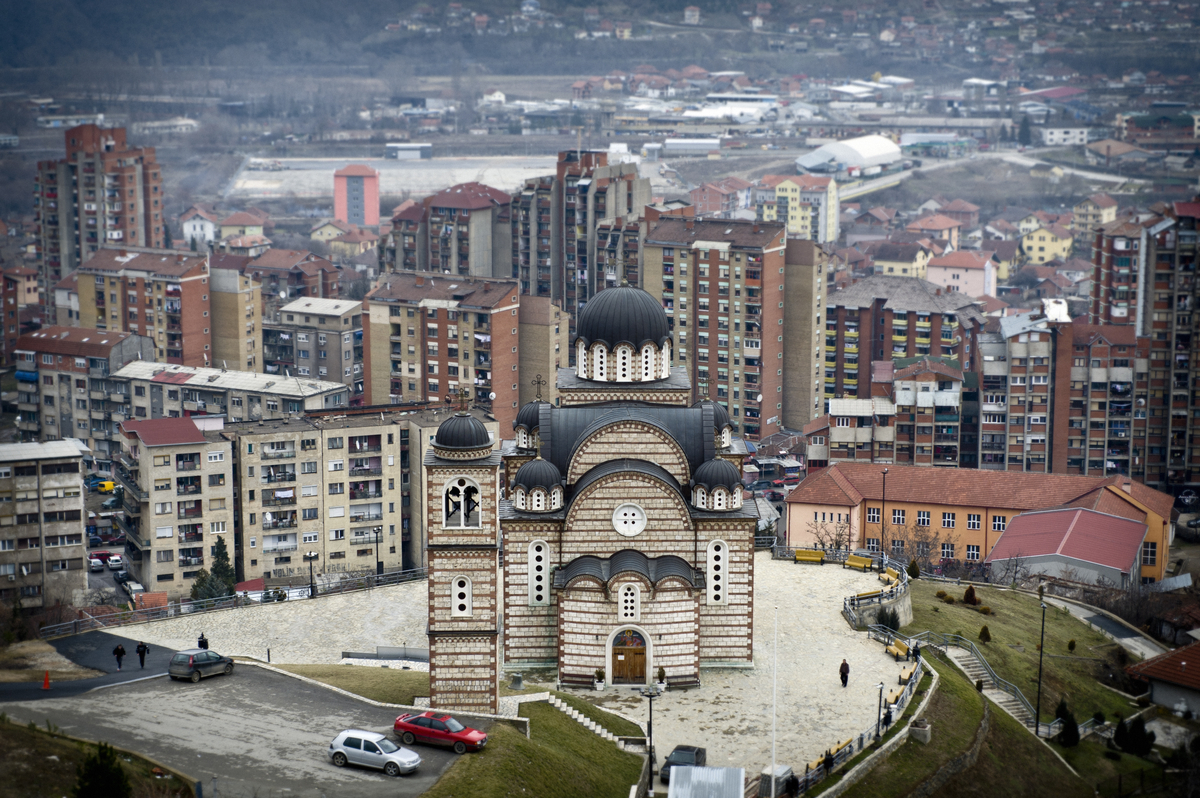
In the north of Mitrovica almost everything is financed by the Serbian government. They don't pay taxes, health, education, electricity or water. Pictured, the cathedral of San Demetrio (North Mitrovica)
(Image: © Ezequiel Scagnetti)
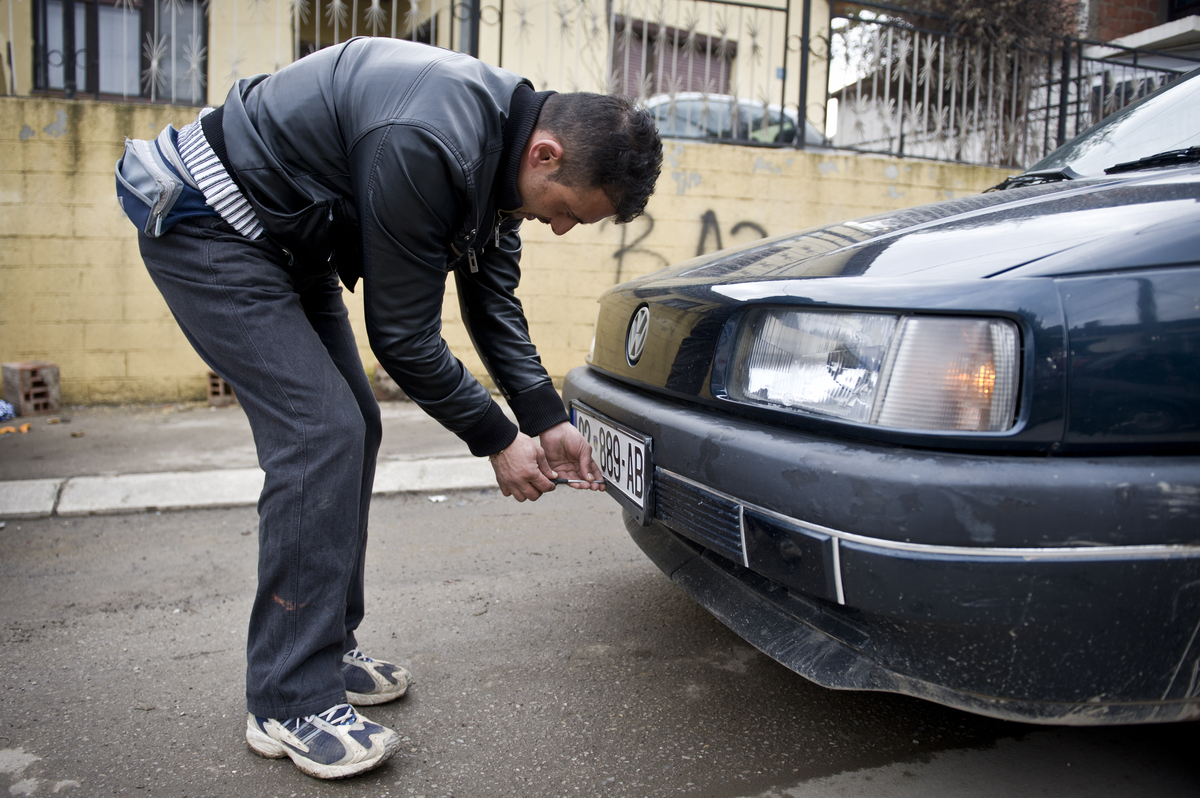
It's advised to have both an official Kosovar license plate but also a Serbian one to travel from one zone to the other and not be victim to a shower of stones. We catch this man changing his plate (North Mitrovica)
(Image: © Ezequiel Scagnetti)
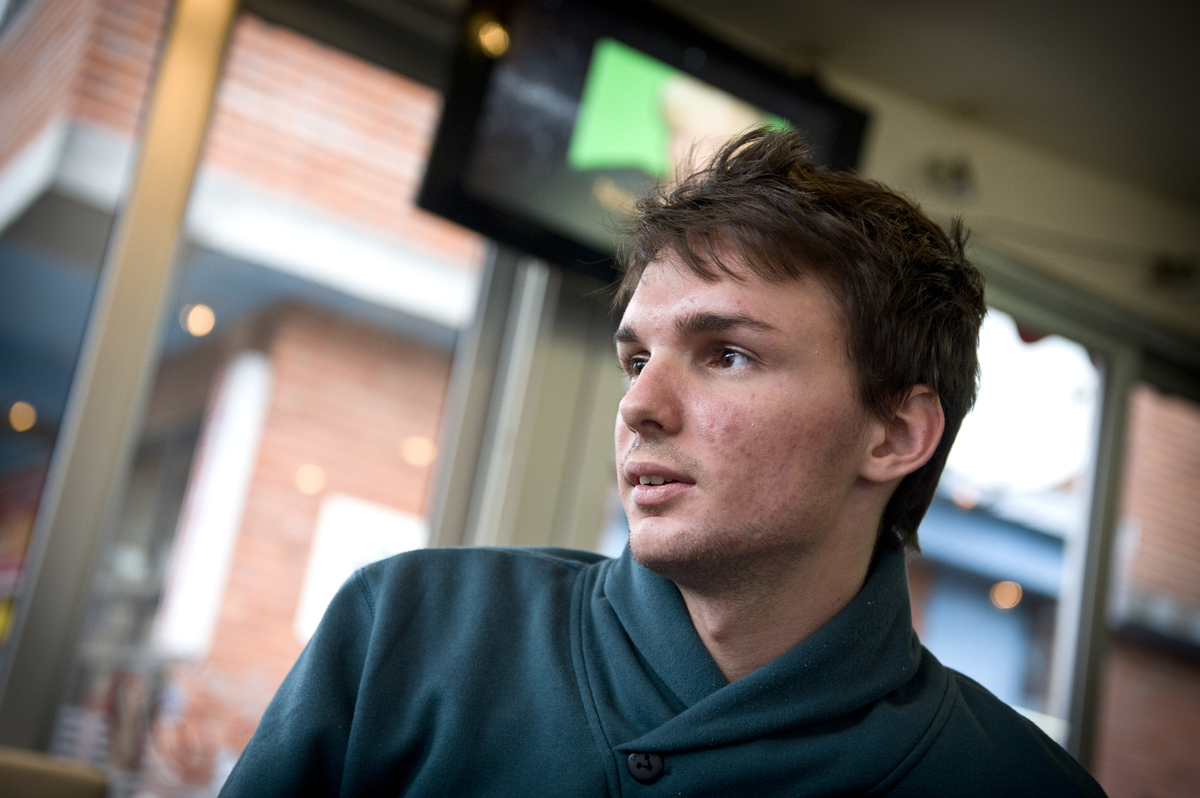
Stefan Radovanovic is a 19-year-old student and Kosovar Serb.'My friends talk about politics and war a lot, but I don't think they know what happened. Some of them hate the (Kosovar) Albanians but they have never known any. There are many prejudices.' Pictured in a bar in North Mitrovica
(Image: © Ezequiel Scagnetti)
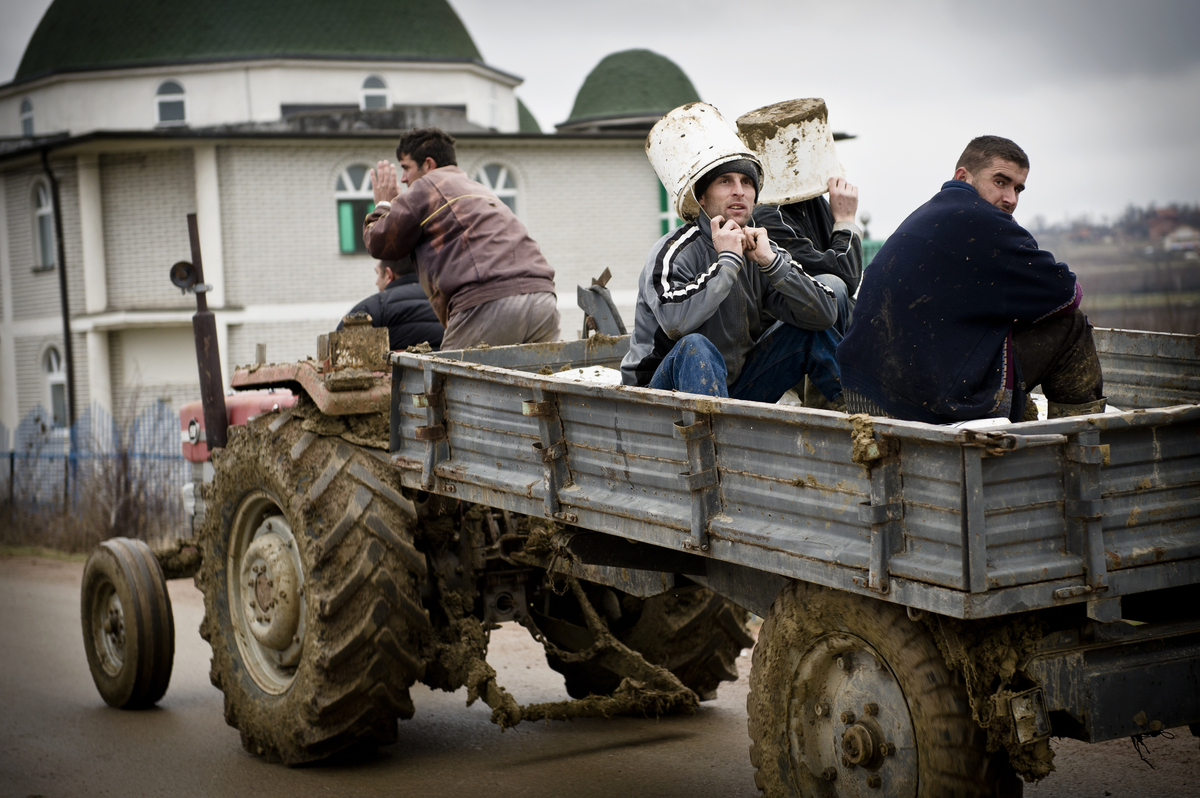
Two-thirds of the population live in the countryside in Kosovo, and suffer a lack of electricity, water and construction material. Pictured, young groups of Kosovar farmers (Broja, province of Drenica)
(Image: © Ezequiel Scagnetti)
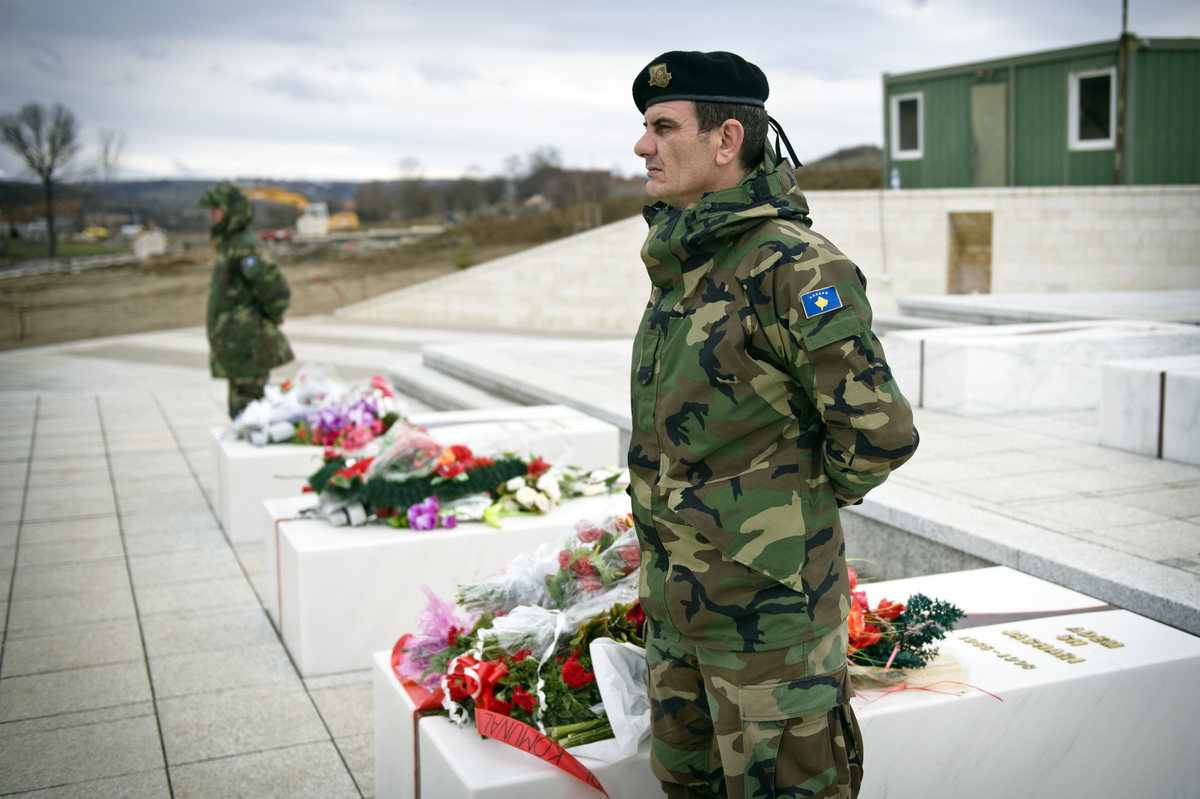
Cementery of fallen guerilla KLA leader Adem Jashari's family, featuring 52 members, which are guarded day and night. Pictured, Prekaz, province of Drenica)
(Image: © Ezequiel Scagnetti)
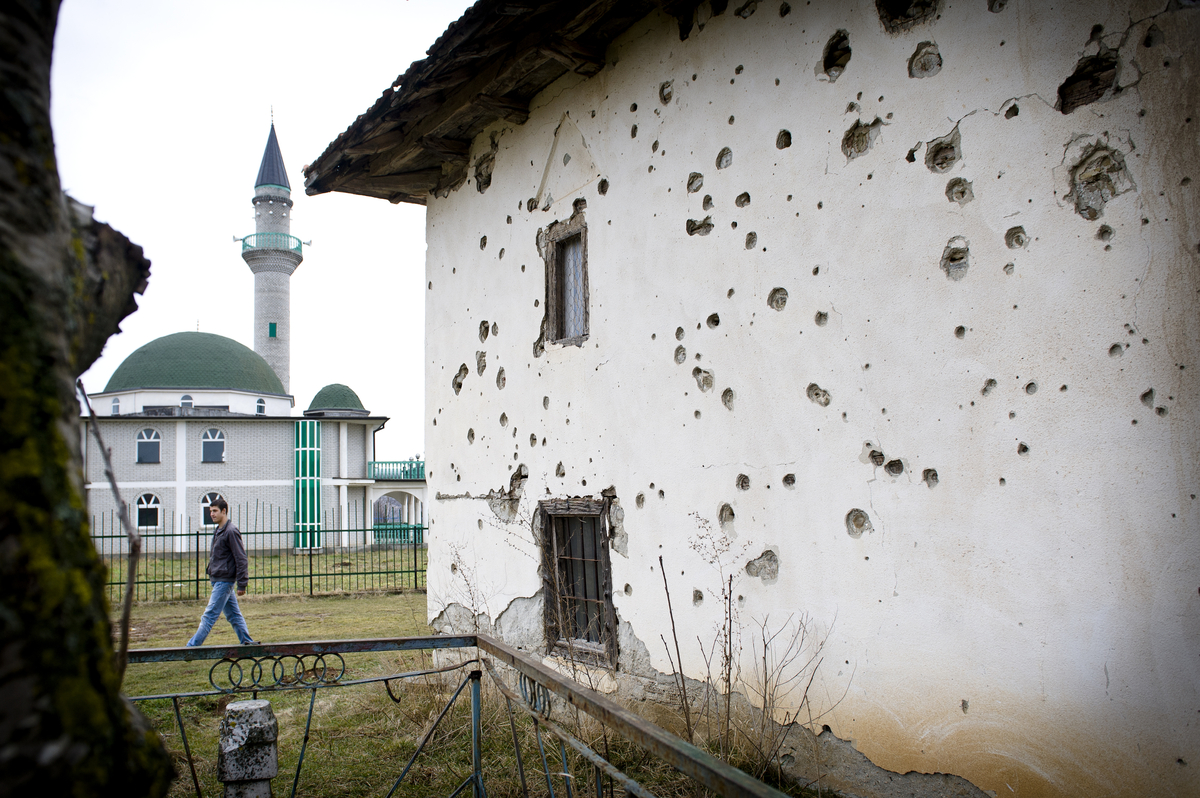
Machine-gun mosque. 90% of Kosovars are muslims, although public practice of the religion is rare. Pictured, Broja, province of Drenica
(Image: © Ezequiel Scagnetti)
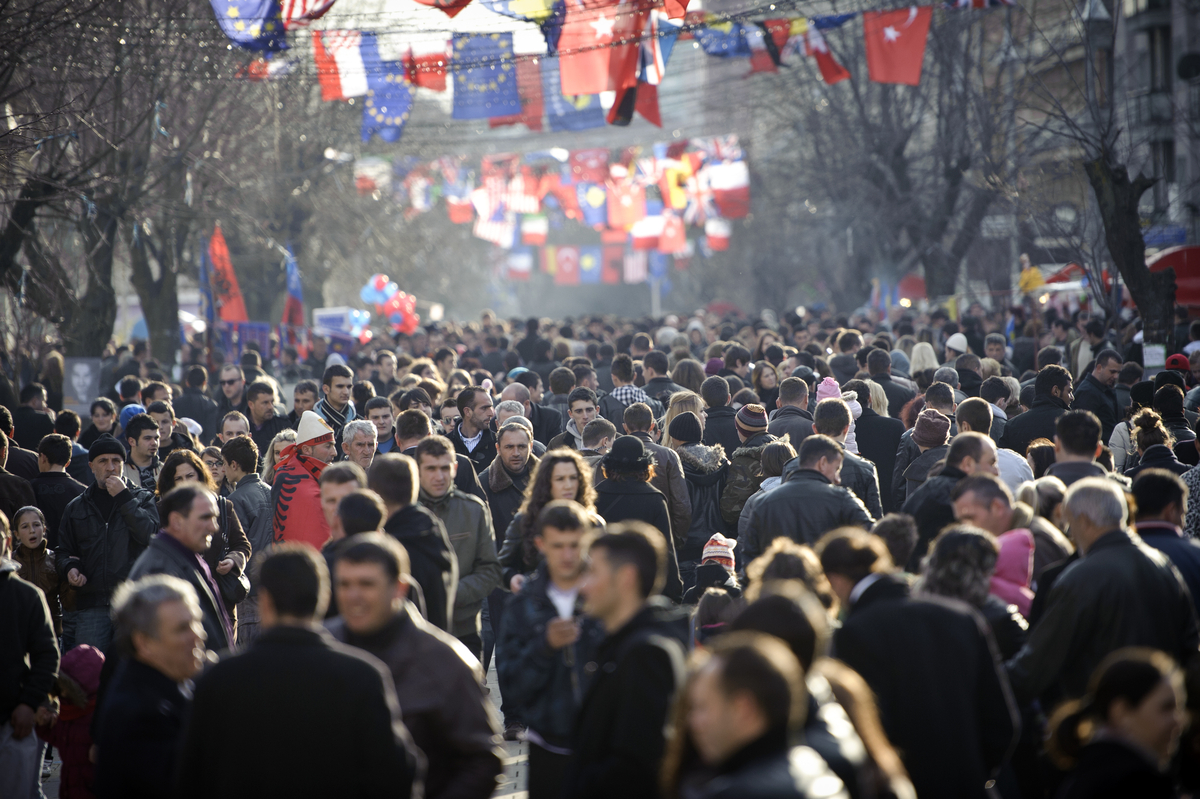
Will Kosovo and Serbia ever be reconciled? Both countries are under the supervision of the European union, the same body they aspire to belong to. 8 March 2011 saw their first direct talks since independence. Pictured, Mother Teresa Avenue
(Image: © Ezequiel Scagnetti)
Translated from Kosovo, Año Tres: Nuevos acordes contra viejos desacuerdos (15 imágenes)



